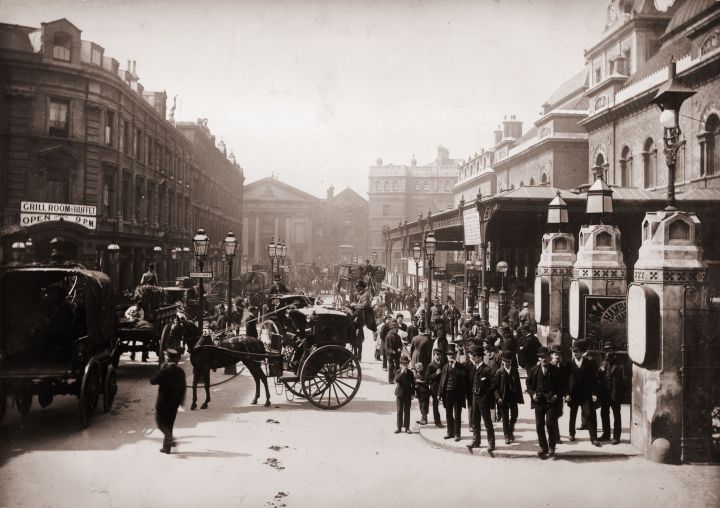
“Every city in the world was designed and built by men”

Women occupy 10% of the highest ranking jobs at the world’s leading architecture firms and urban planning offices, according to the World Bank. The world of urban planning has been dominated by men historically too, as Antonia Cundy wrote for the Financial Times.
Marketplace host Kai Ryssdal spoke with Cundy about gender bias in cities, and what cities designed by women might look like. The following is an edited transcript of their conversation.
Kai Ryssdal: I want to start with a line from this piece which will reveal my male privilege, but that’s kind of what this story is about. Every city in the world, you write, was designed and built by men, which, of course. But it’s kind of stunning to read that and think about it.
Antonia Cundy: Yeah, I mean, I think that’s kind of part of the problem is that, when you actually think about it, we are up against such kind of huge historical weight. And Saskia Sassen, this wonderful kind of doyen of urban planning and theory that I spoke to, kind of makes this point that we are sort of lumped with all this enormous amount of stone and concrete, which was designed when there were much more traditional, by which we sort of means sexist gender roles and the division of labor. And so, you know, you kind of have to be positive about the small changes that can be made, because that is what we’re up against.
Ryssdal: So let’s talk about some of those changes that are slowly being made by women and people of color and people with disabilities who get into transportation and urban planning roles. Because they’re happening, it’s happening slowly, but it’s happening. What kinds of changes do they bring?
Cundy: So a lot of it kind of focuses on things like decongestion. They are focusing on ideas like superblocks and the 15-minute city where space is kind of given back to people in a city. So you kind of remove the cars or send them to perimeter roads, for example, in the superblocks.
Ryssdal: Sorry, explain the superblock thing.
Cundy: Yes, so the superblock, basically, groups of streets are clumped together. Essentially, the idea is that all main traffic gets kept to perimeter roads around the superblock so that the inner streets are pedestrianized, that kind of communal spaces. Yeah, that’s how that works.
Ryssdal: And then in theory, work, and school, and kids and home are all more accessible than they are in a lot of these male-designed super cities. Right?
Cundy: Yeah, I mean, this is like a great example of kind of what we’re up against as we say is that, cities were generally designed with financial and business districts being separate from schools or residential areas, because they were designed with these traditional gender roles whereby men got the train to work, and women stayed at home and dealt with childcare. And so that’s where it, actually what Anne Hidalgo is doing in Paris, where the 15-minute city, which is this idea that all of your kind of basic needs, and amenities, including work, childcare, education, etc, are within a 15 minute walk or cycle. So it’s about making that kind of greater accessibility and to make it easier for society to share these roles.
Ryssdal: Yeah, not to end on a downer, but men have been designing cities in our societies for millennia. And pipeline of women in top architecture firms and in transportation and urban design roles is minimal. So this is a long haul here.
Cundy: Yeah, it is difficult. I mean, I think a lot of the women I spoke to repeated to this idea of being the only woman in the room. And that their ideas about putting community first rather than sort of the economic city first was sort of seen as quite wack and off the ball. But I think, you know, it is getting better. And an exciting thing is that COVID is definitely accelerating these ideas. For example, the 15-minute city fits in with us all working from home. So I think the pandemic will hopefully make progress in this.
There’s a lot happening in the world. Through it all, Marketplace is here for you.
You rely on Marketplace to break down the world’s events and tell you how it affects you in a fact-based, approachable way. We rely on your financial support to keep making that possible.
Your donation today powers the independent journalism that you rely on. For just $5/month, you can help sustain Marketplace so we can keep reporting on the things that matter to you.











